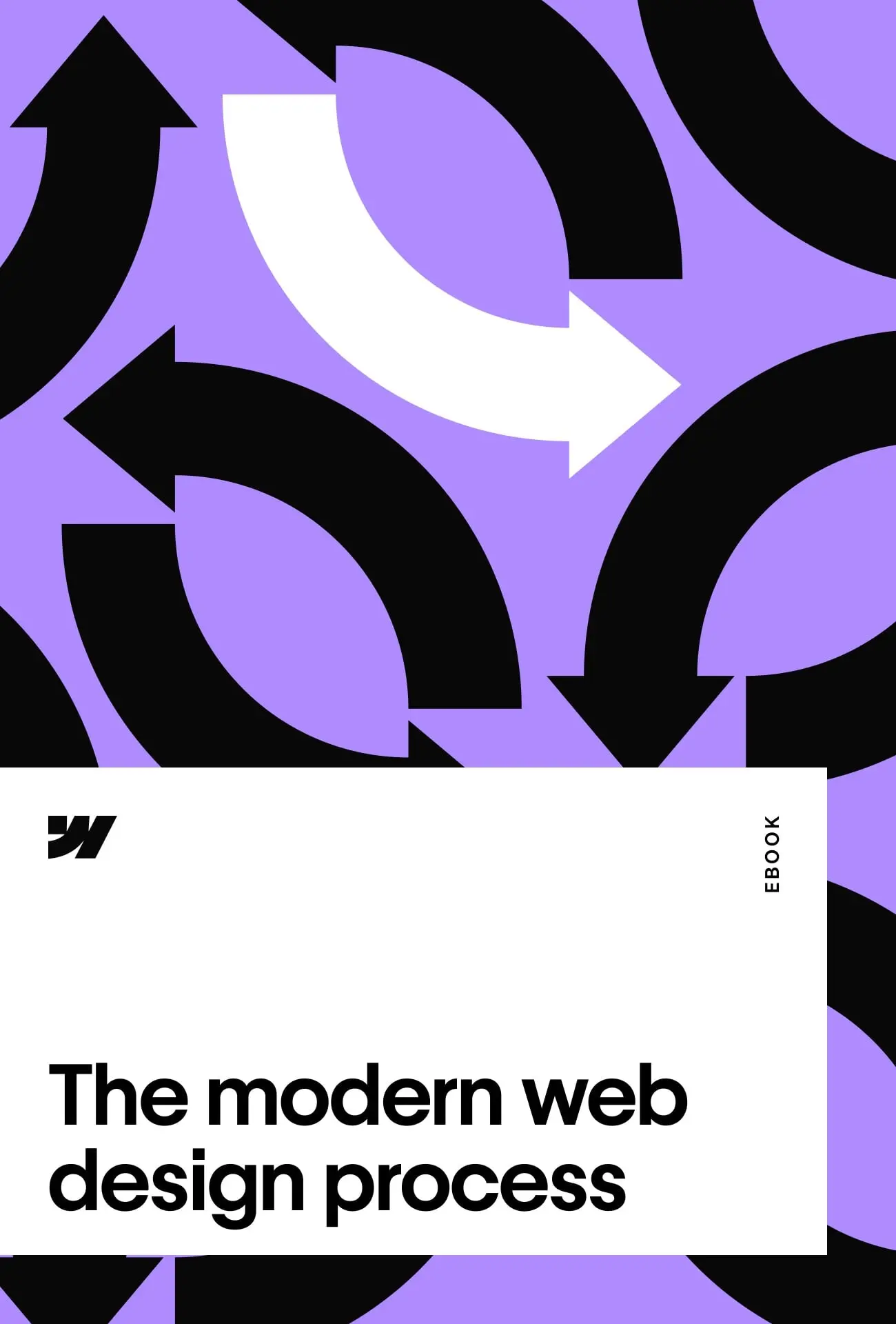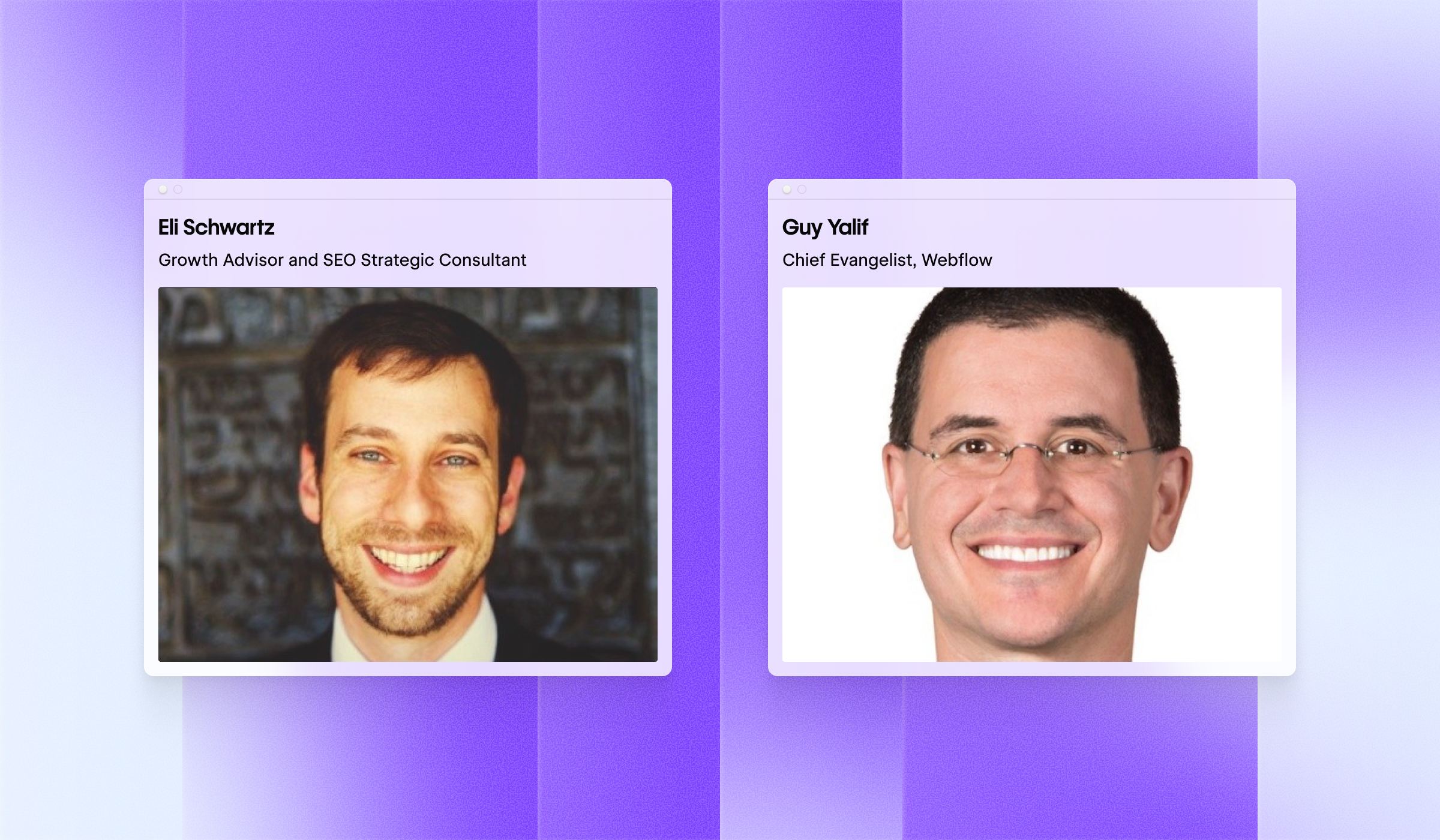The modern web design process
Learn how a well-defined process translates to high-performing websites.

Thank you for downloading!
The ebook opened in a new tab, and we sent a copy of it to your email.
About this ebook
In this ebook, you’ll discover a 7-step process for designing successful websites:
- Setting goals to ensure that you and your clients/stakeholders understand what you're aiming for, how you're planning to achieve it, and how you'll measure success
- Defining project scope to aid communication and fend off the dreaded scope-creep
- Creating sitemaps and wireframes to help you and clients/stakeholders define your deliverables and how you'll present your content to the world
- Putting content first to lock down your messaging before you put pixels to screens and ensure the content properly informs the presentation
- Creating the visual design so you can go from low-fidelity artifacts to gorgeous gradients in style and confidence
- Final testing and review to ensure you're shipping at the highest levels of quality — and customers run into as few 404s as possible
- Launch successfully — and keep iterating afterward to ensure continued success
And, as a bonus, get a peek at How Webflow fits in the modern web design process.
Other resources
No items found.
Schedule a demo
Build better websites — faster — with the power of Webflow. Backed by advanced security, custom traffic scaling, guaranteed uptime, and much more.
Build better websites — faster — with the power of Webflow. Backed by advanced security, custom traffic scaling, guaranteed uptime, and much more.
























